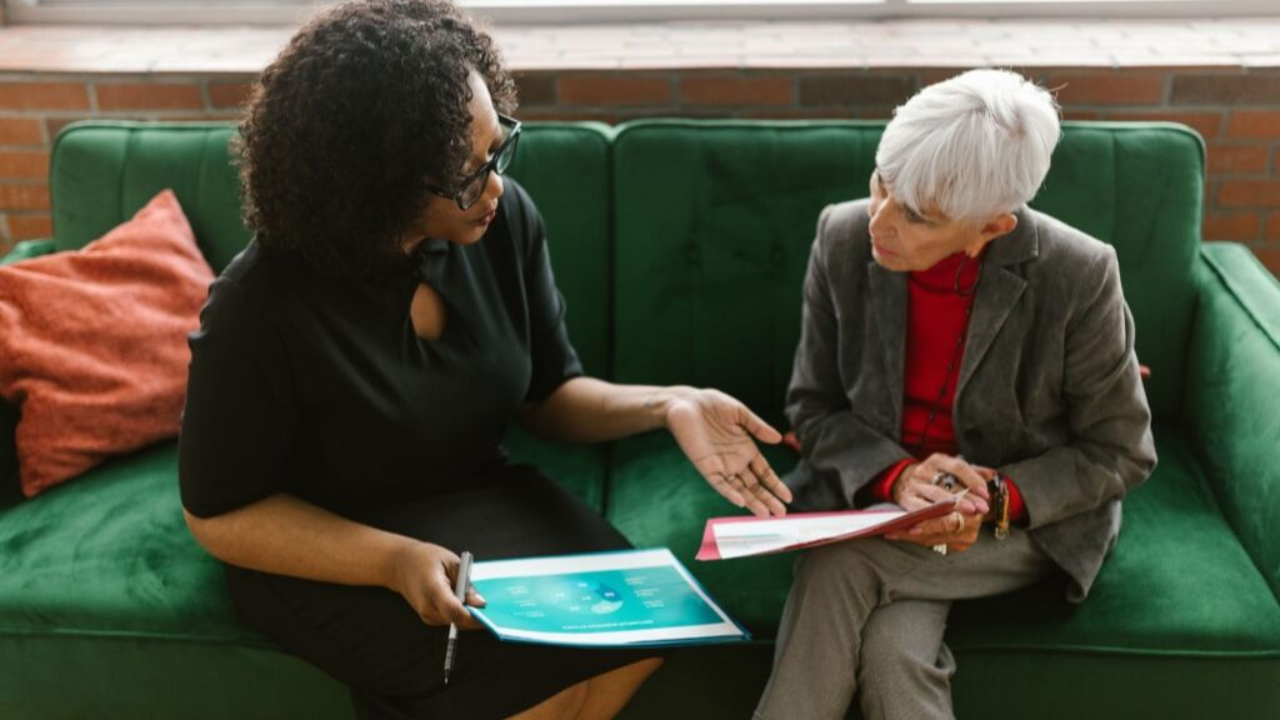Monday Kickstarter: September 28, 2020
Sep 28, 2020
Monday Kickstarters is a working session designed for everyone on the call to figure out how to have conversations worth having when faced with a tough situation or problem. The process is based upon the book, Conversations Worth Having. The way it works:
- Anyone with an issue, challenge, or negative situation types it in the chat box.
- We choose one issue at a time; the person who posted the issue is in the “driver’s seat.”
- Everyone on the call offers the flip: the positive opposite of the issue. The “driver” chooses the flip that most reflects what they see as the positive opposite.
- Everyone on the call then offers a suggestion for a positive frame: the desired outcome if the flip were true. The “driver” chooses the frame that best fits their desired outcome.
- Then everyone offers generative questions, posting them to a whiteboard. These are questions to engage stakeholders in a conversation that will move them towards the desired outcome.
You can listen live on the Conversations Worth Having YouTube Channel.
Here are the topics brought forward by our guests, the positive frame (desired outcome) for the conversation, and generative questions that were developed on Monday, September 28!
CONVERSATIONS ABOUT RACISM
Name it: Talking about racism is difficult and is often a downer, draining everyone’s energy and we just leave feeling bad.
Flip it options:
- A conversation about racial justice and equity is insightful and empowering.
- Talking about racism is easy and authentic
- Talking about racism brings us to a better understanding of the issue.
- Discussing racism while remaining optimistic and encouraging for our future relations.
- Talking about racism strengthens relationships and builds trust.
- Talking about difficult can lead to naming it for some people
- Having a conversation about racial justice and equity that is insightful and empowering.
Frame it: Conversations about racism bring us to a better collective understanding and we are empowered to move forward.

There were also a few additional chat box questions and comments:
- What practices might have the best impact to provide an environment of racial justice?
- How can we help balance the inequities?
- What are some powerful examples we can provide to create an environment of racial justice?
- How can I serve as an ally for those who are impacted by racism?
- What equity and social justice outcomes do we want for our school/classrooms/students?
- How will raising our own awareness about racism support us in taking action?
- What needs to happen in our school/classrooms in order for there to be equity?
- Who has been successful and what can we learn from them?
- How might we keep the focus on transformation, systems change and systemic racism instead of blame and shame?
- What if we talk about anti-racism instead of racism? How might we all be anti-racist advocates? (Ibram X. Kendi’s book, How to be an Antiracist).
- What would we want a young person to learn from our conversation about racial injustice, ie curious, non-judgmental, etc.?
- What if: Equity for all (diversity) is your focus/positive frame and then racism and other areas would follow naturally.
Selina Martinez (she/they) shared, “Sounds like moving past guilt and into a space of resolve. Race Forward is an organization that had some good tools on this.” https://www.raceforward.org/system/files/pdf/reports/RacialBiasAtWork.pdf
MY PARTNER'S HOUSE IS A PIGPEN!
Name it: My partners house is a pigpen.
Flip it:
- The house is clean.
- A neat/organized house for our continued relationship.
- The house is clean and stays clean.
Frame it:
- A warm, inviting, clean home
- Guests would feel welcome and partner would feel proud of his home
- A valued relationship would include…
- My partner and I take care of our home and each other.
- My partner and I can agree on commitments and stick to them
Observations important for framing:
- Is it really about the house being cleaned or is this systemic of a much larger issue?
- the thing is not always the thing
- But if the visible ‘thing’ is addressed the ‘other’ thing might also be resolved as the two are connected and it only possible to address what is visible.
- Or conversely -finding a way to surface the hidden thing may lead to a more effective resolution to both
- How do you think that the “outside situations” represents our “inside situation”?
MONDAY KICKSTARTER
Bring your own challenging situation! To view the video from this Monday Kickstarter session, please visit our YouTube Channel, Conversations Worth Having. Monday Kickstarter September 14 2020.
To learn more about fostering conversations worth having, visit the website and download your conversation toolkit, read or listen to Conversations Worth Having: Using Appreciative Inquiry to Fuel Productive and Meaningful Engagement, and sign up for a Conversation Bootcamp.


